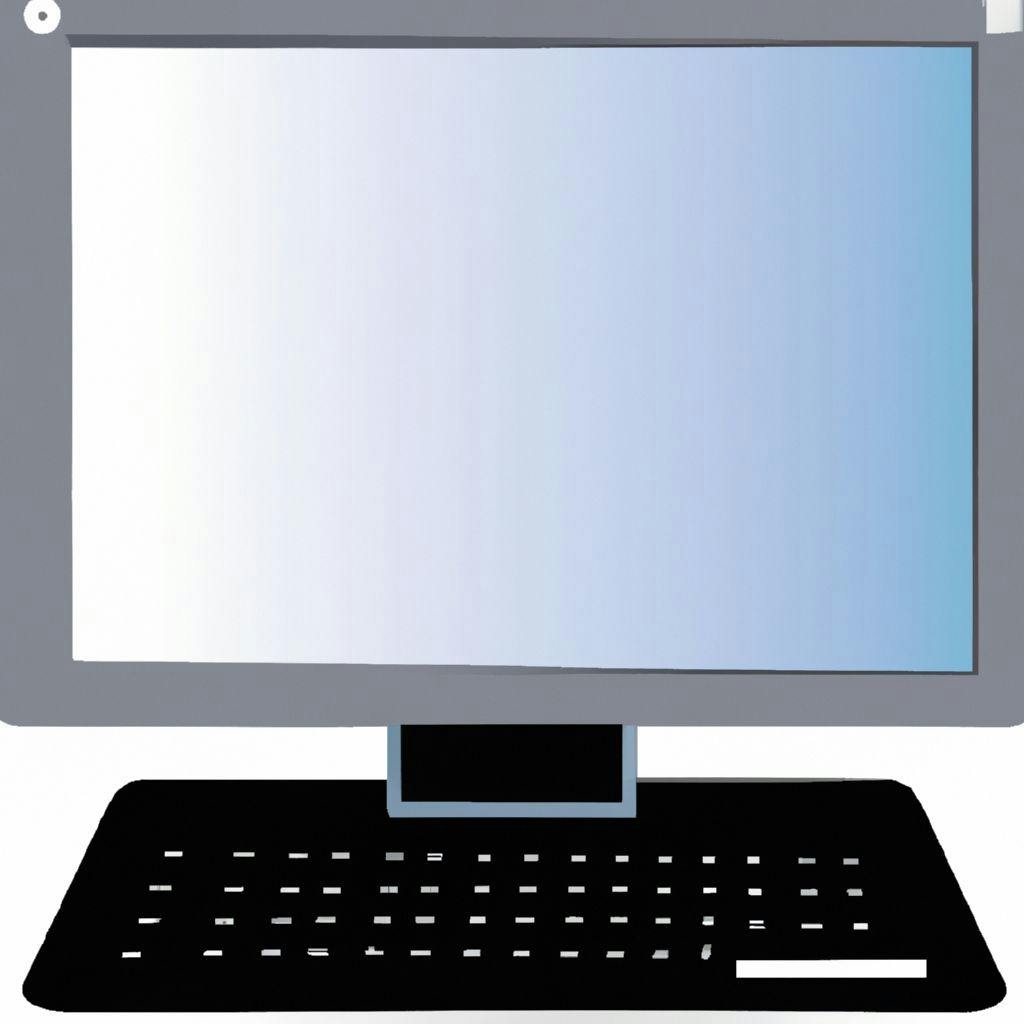Electron
one minute of reading
Electron is an open-source framework that allows you to create applications for various operating systems using web technologies (HTML, CSS, JavaScript). Its popularity has grown in recent years due to the simplicity of creating desktop applications using a single code.
Table of contents
Electron - combining the capabilities of Node.js and Chromium
Electron is an open source platform that allows you to create web applications using HTML, CSS and JavaScript. It was created in 2013 by GitHub engineer Cheng Zhao as a result of a combination of frontend Chromium and backend in Node.js. The project was originally called Atom Shell, but it was renamed to its current name just a year after publication.

Electron - combining the capabilities of Node.js and Chromium
Electron is a cross-platform solution that allows you to create applications that consist of a main thread running on the server, i.e. on Node.js, and rendering threads running on Chromium providing a minimalist user interface based on browser windows. This structure allows threads to communicate quickly and easily, allowing the platform to perform actions that cannot be performed on ordinary web applications, e.g. using system APIs, file operations, using precompiled libraries. Electron has a wealth of ready-made modules, with the help of which you can build a functional application using code previously written by someone else. Not only does it provide thread separation, but it also uses tools to help with debugging and analyzing site performance using Chrome DevTools. What's more, since this platform runs on Chromium, it is provided with access to the latest standards and guidelines related to new technologies.
Our offer
Web development
Find out moreMobile development
Find out moreE-commerce
Find out moreUX/UI Design
Find out moreOutsourcing
Find out moreRelated articles
Advantages of Using Sitecore CMS
27 Apr 2023
Sitecore CMS offers numerous advantages, including powerful personalization capabilities, advanced analytics, and a wide range of integrations. Its flexible and scalable architecture makes it an ideal choice for enterprise-level organizations looking to enhance their online presence and customer engagement.

The benefits of long-tail keywords for SEO
3 Sep 2024
Explore the untapped potential of long-tail keywords in your SEO strategy. These specific, less competitive phrases can surprisingly boost your website's visibility. Dive into the intriguing world of long-tail SEO, discover its benefits, and learn to master its power unseen by many.
Mastering UX writing: A comprehensive guide to enhancing usability
29 Aug 2024
UX writing is the practice of crafting micro-copy that guides a user within digital products. A critical aspect of usability, it helps users understand how to interact with an interface. In this article, we'll unpack UX writing and strategies on mastering it, positioning you to elevate user experience through simple, precise, and engaging copy.
Understanding the concepts of Domain-Driven Design (DDD)
29 Aug 2024
Domain-Driven Design (DDD) is a powerful strategy for building effective, complex software systems. Conceptualizing abstract domain models often poses challenges. This comprehensive guide serves to decipher the intricacies of DDD, delivering a practical roadmap for software developers and architects.
How to design for accessibility: Tips and techniques
29 Aug 2024
In today's digital world, inclusivity and accessibility are critical to creating user-friendly applications. This article will guide you through key principles and practices of Accessibility Design, enabling you to craft more inclusive digital experiences. It aims to aid both seasoned developers and beginners in understanding the significance of these principles in shaping the digital ecosystem.
Understanding the microservices architecture: Pros and cons
26 Aug 2024
Unraveling the world of Microservices Architecture - a prevalent system design trend, this piece discusses its unique benefits and impediments. By dissecting this modern technology, we aim to provide you with insight that can guide choices about your tech stack, illuminating both the sunlit uplands of its advantages and the shadowed landscapes of its pitfalls.
How to use storyboarding in UX design
22 Aug 2024
Storyboarding is a powerful tool in UX design that helps visualize the user journey and identify potential pain points early in the process. By creating a visual narrative, designers can better understand and communicate how users will interact with a product or service.
Show all articles